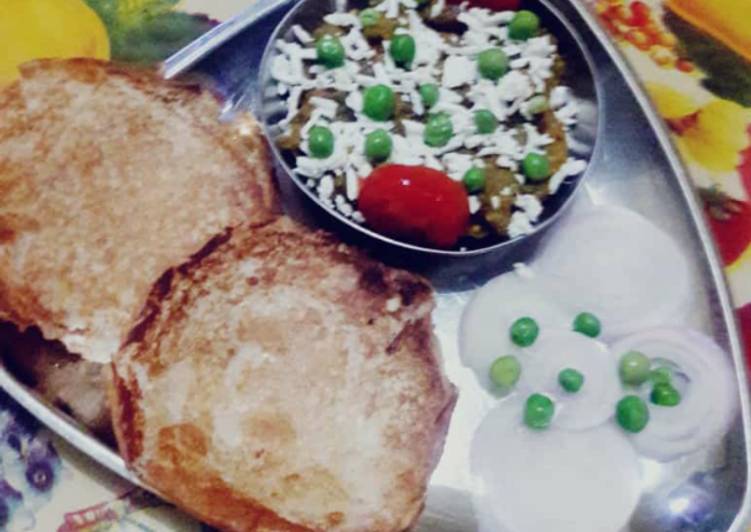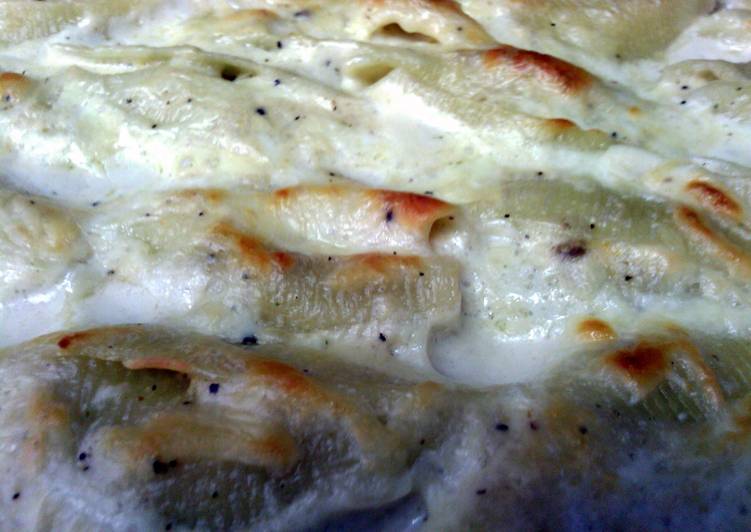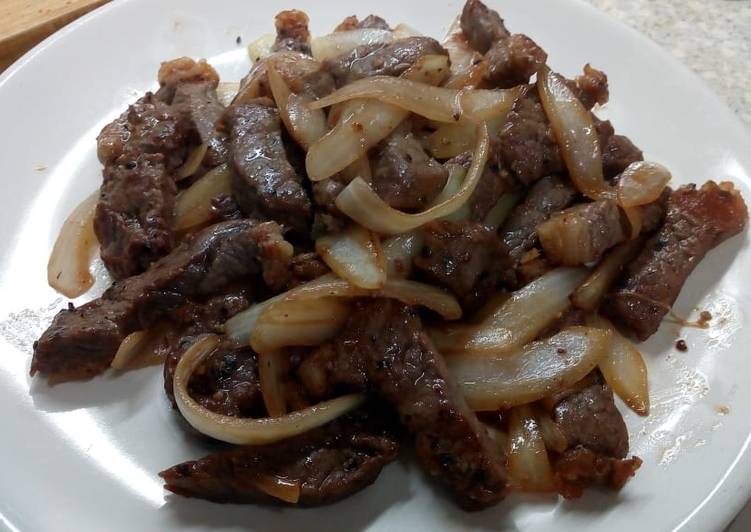Hey everyone, welcome to my recipe site, if you're looking for Pavbhaji recipe, look no further! We provide you only the perfect Pavbhaji recipe here. We also have wide variety of recipes to try.

Before you jump to Pavbhaji recipe, you may want to read this short interesting healthy tips about Guidelines For Living Green And Spending less Inside the Kitchen.
Remember when the only men and women who cared about the natural environment were tree huggers as well as hippies? That has fully changed now, since we all seem to have an awareness that the planet is having troubles, and we all have a part to play in fixing it. According to the experts, to clean up the natural environment we are all going to have to make some changes. Each and every family must start making changes that are environmentally friendly and they should do this soon. Here are a few tips that can help you save energy, for the most part by making your kitchen more green.
Start out with replacing the light bulbs. Of course you shouldn’t confine this to merely the cooking area. Compact fluorescent lightbulbs are energy-savers, and you should use them in place of incandescent lights. These bulbs are usually energy-efficient which means electricity consumption is definitely lower, and, although they cost a bit more to buy, will outlast an incandescent light ten times over. One of the extras is that for every one of these lightbulbs used, it signifies that approximately ten normal lightbulbs less will probably end up at a landfill site. You also have to get the practice of turning off the lights when there is nobody in a place. The family spends considerable time in the kitchen, and how typically does the kitchen light go on in the morning and is left on all day long. And it’s not confined to the kitchen, it goes on in other parts of the house at the same time. Do an exercise if you like; check out how much electricity you can save by turning the lights off when you don’t need them.
The kitchen by itself provides you with many small means by which energy and money can be saved. Natural living is actually something we can all do, without difficulty. It’s about being functional, usually.
We hope you got insight from reading it, now let’s go back to pavbhaji recipe. You can cook pavbhaji using 18 ingredients and 13 steps. Here is how you cook that.
The ingredients needed to make Pavbhaji:
- Prepare 2 medium Potatoes
- Take 1/2 cup Green Peas
- Get 3/4 cup chopped Cauliflower
- Prepare 1/2 cup Carrot chopped
- Use 1 large Onion, chopped
- Use 1 tsp Ginger Garlic Paste
- Take 2 medium Tomatoes, chopped
- You need 1/2 cup Capsicum chopped
- Provide 1 1/2 tsp Red Chilli Powder
- Prepare 1/4 teaspoon Turmeric pow
- Provide 1 teaspoon Cumin-Coriander
- You need 1 teaspoon Readymade Pav Bhaji Masala
- Provide to taste Salt
- Prepare 2 tablespoons Oil
- Use 1 teaspoon Lemon Juice
- You need 2 tablespoons ButterButter for serving
- Prepare As needed Coriander leaves
- You need 8 Pav Buns, for serving
Instructions to make Pavbhaji:
- Take all the vegetables listed in the ingredients. Wash them in running water and cut them into small pieces.
- Transfer chopped potato, cauliflower, carrot and green peas into a 2-3 liter capacity pressure cooker. Add 1/2 cup water and salt to taste.
- Close the pressure cooker with a lid and cook over medium flame for 2-whistles. Turn off the flame. Open the lid after pressure releases naturally; it will take around 5-7 minutes.
- Mash the boiled vegetables gently with potato masher or using the backside of a large spoon until little chunky texture. You can mash cooked veggies into a texture you like – with small chunks or smooth with no chunks at all. The texture of your bhaji would depend on how you mashed the veggies.
- Heat 2-tablespoons oil and 2-tablespoons butter together in a pan over medium flame. Add chopped onion and ginger-garlic paste. Sauté until onion turns translucent.
- Add chopped capsicum, chopped tomato and salt.
- Add 1½ teaspoons red chilli powder, 1/4 teaspoon turmeric powder, 1-teaspoon cumin-coriander powder and 1-teaspoon readymade pav bhaji masala powder.
- Stir and cook for a minute.
- Add boiled and mashed vegetables and 1-teaspoon lemon juice.
- Mix well and cook for 4-5 minutes. Taste for the salt at this stage and add more if required. Turn off the flame. Add chopped coriander leaves and mix well. Bhaji is ready for serving.
- Cut the pav buns horizontally into halves. Heat tava over medium flame. Add a tablespoon of butter and place halved pav buns over it. Shallow fry both sides until light brown spots appear, it will take around 30 seconds for each side to turn light brown. Transfer to the plate. Shallow fry remaining pavs.
- Transfer prepared bhaji to a serving bowl and garnish with a cube of butter. Serve hot with butter roasted pav, sliced onion and lemon wedges.
- Transfer prepared bhaji to a serving bowl and garnish with a cube of butter. Serve hot with butter roasted pav, sliced onion and lemon wedges.
If you find this Pavbhaji recipe helpful please share it to your good friends or family, thank you and good luck.

